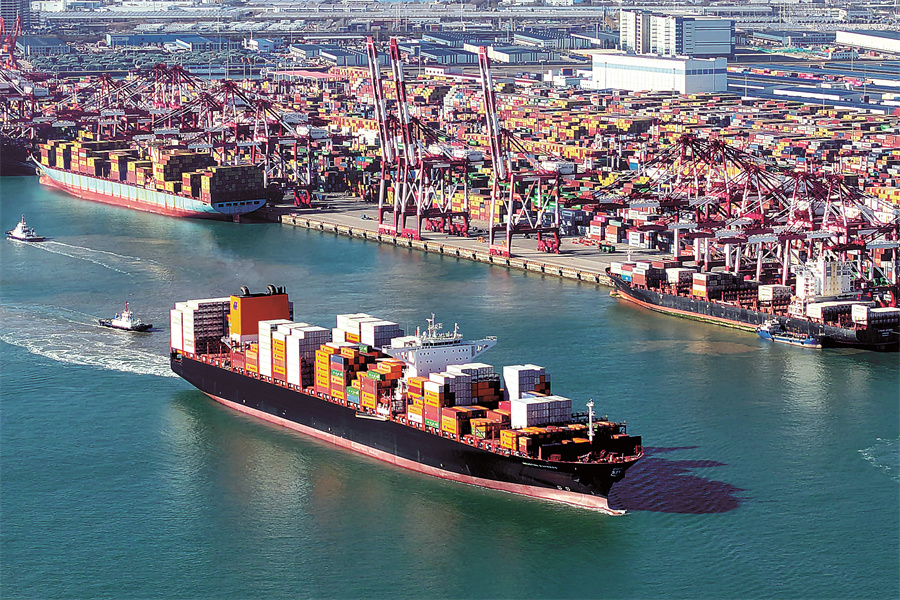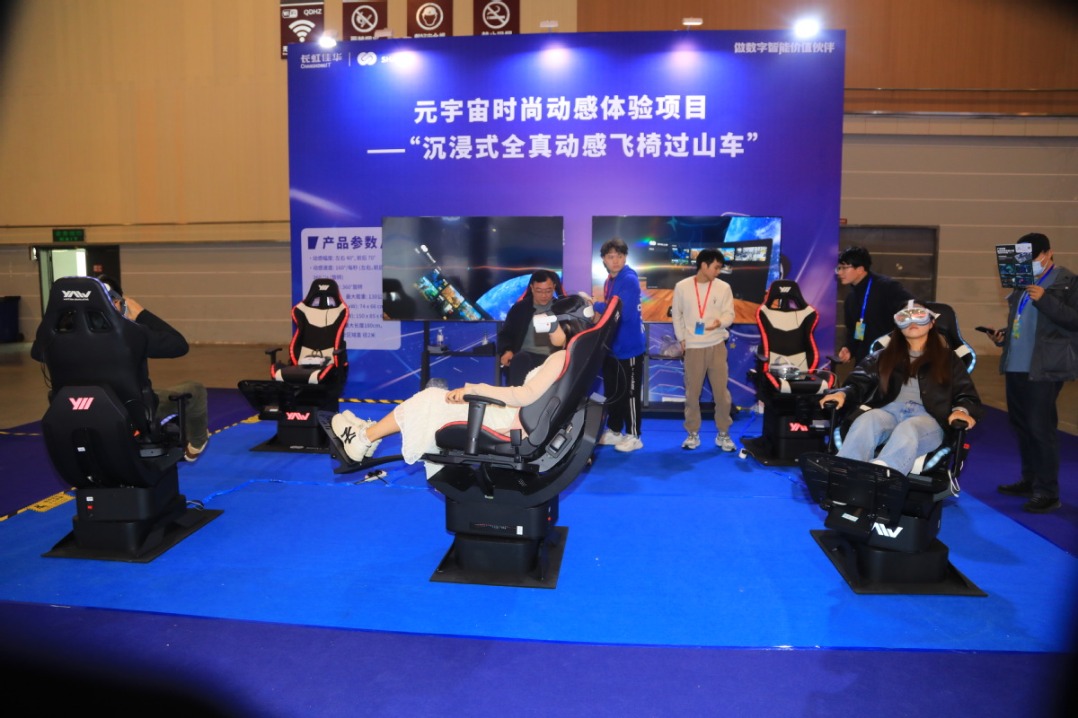Sino-ROK economic relations mutually beneficial


In 2024, China's total foreign trade volume reached 43.85 trillion yuan ($6.02 trillion), up 5 percent year-on-year. In terms of individual countries, the United States remained China's largest trading partner, while the Republic of Korea, with a trade volume of 2.33 trillion yuan, became its second-largest trading partner.
Despite the turmoil in the ROK, pressure from the US, and increasing focus on industrial competition between China and the ROK, economic and trade cooperation between the two countries has advanced further. There are several reasons for this.
First, for many consecutive years, China has been the ROK's largest trading partner, exports market, and source of imports. Since the signing of a free trade agreement in 2015, the two sides have reduced tariffs 10 times.
Second, the dividends of the Regional Comprehensive Economic Partnership over the past two years have accelerated regional economic integration. Thanks to the RCEP, many ROK products have seen significant reduction in tariffs, and the overall exports scale has continued to expand.
Third, the willingness of emerging enterprises in the ROK to cooperate with China has received a positive response from the Chinese side. Analysts in the ROK realize that the semiconductor, automobile, battery, and electronic appliance industries, important pillars of the ROK's economy, rely heavily on raw materials and core minerals that originate in China.
Lastly, China's visa-free policy for ROK nationals holding ordinary passports since Nov 8 has worked like a catalyst, facilitating trade. The economic and trade activities between China and the ROK have not only promoted bilateral relations but also set an example for many other bilateral


































